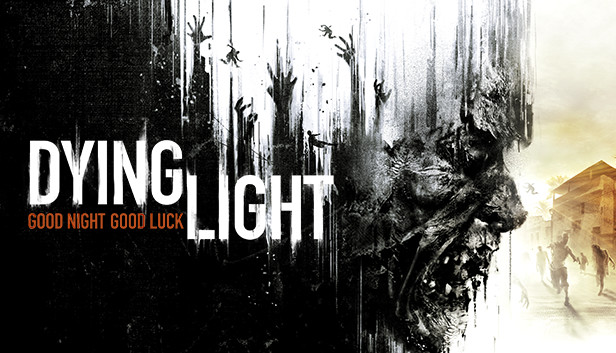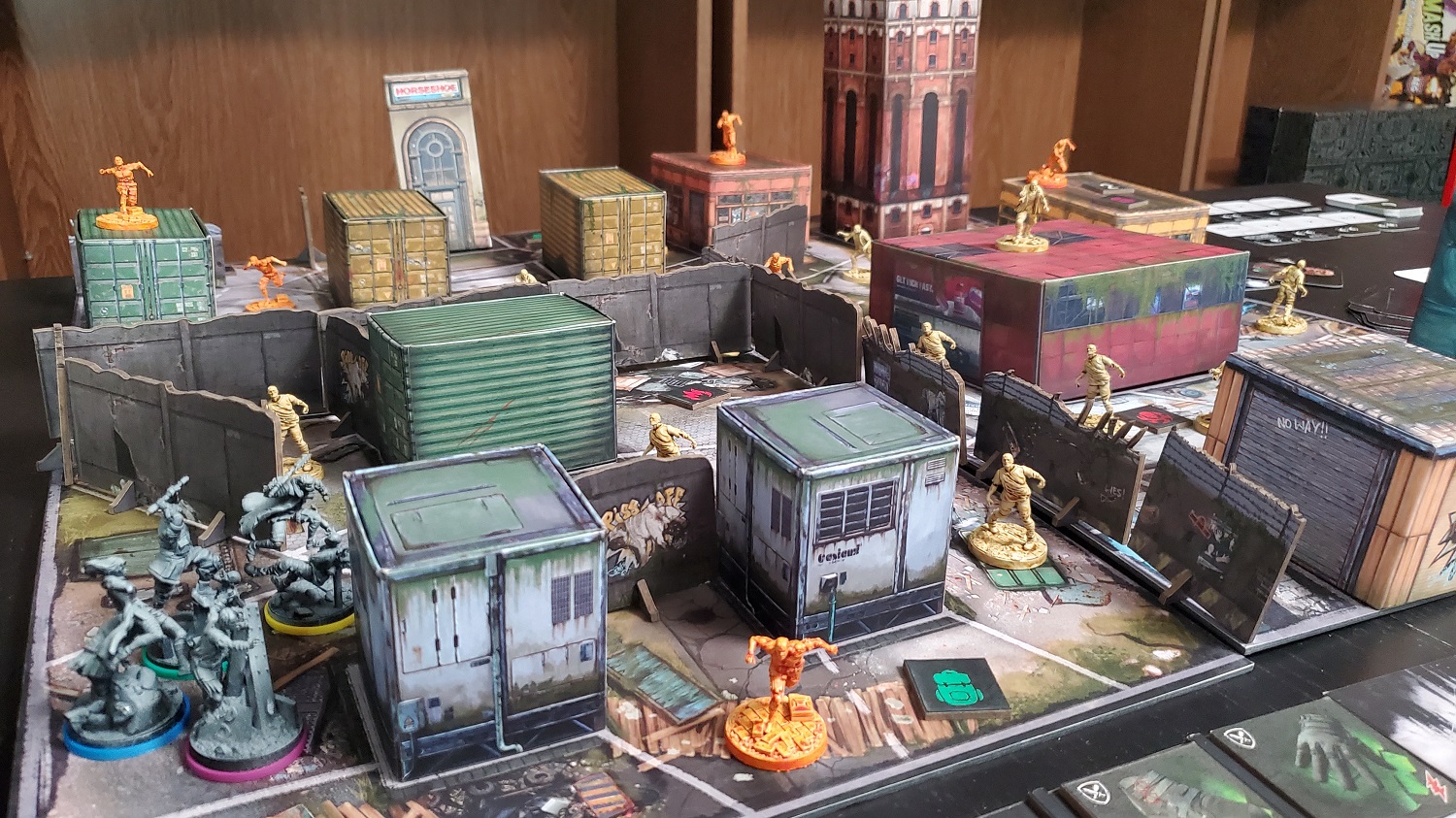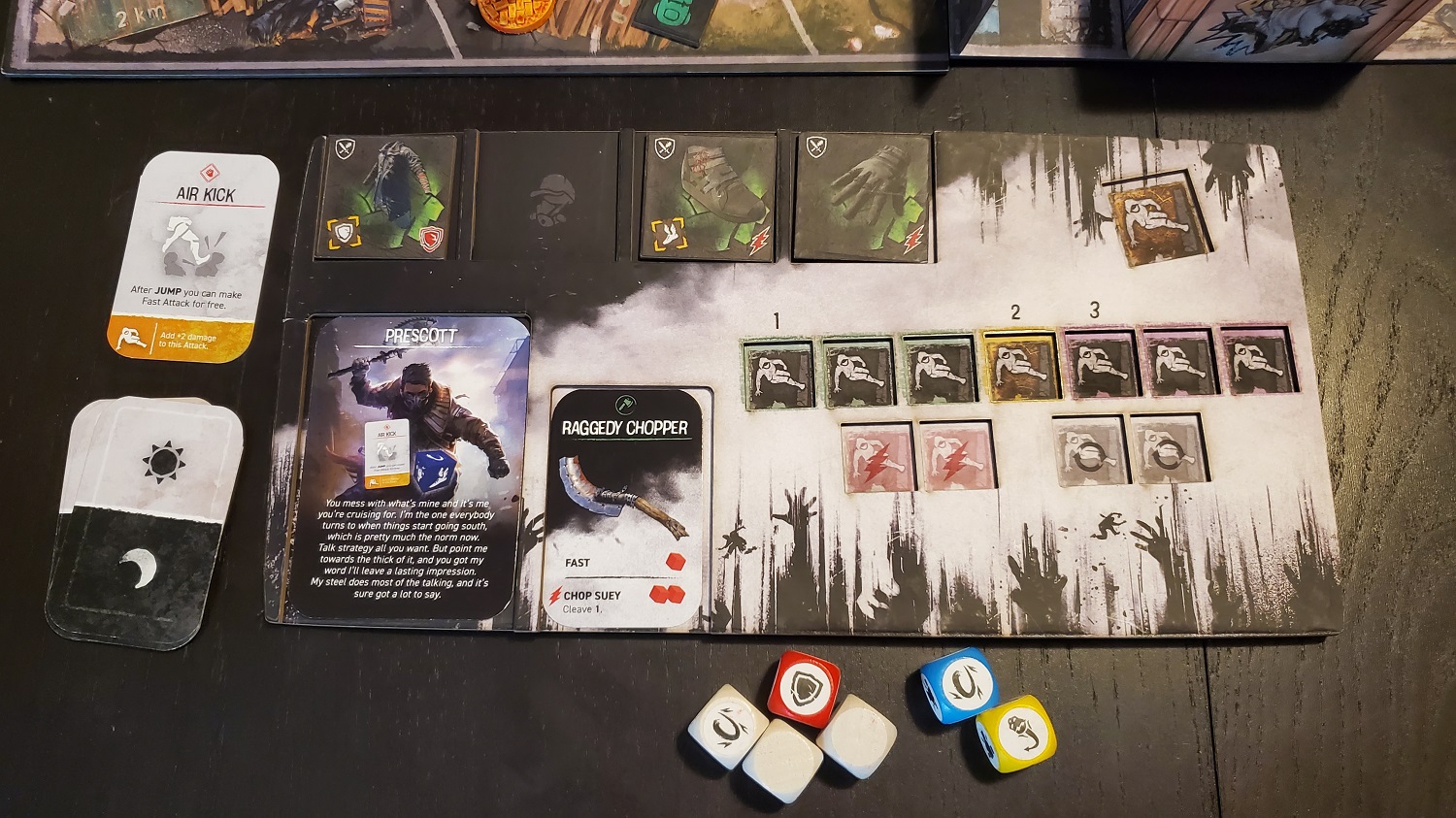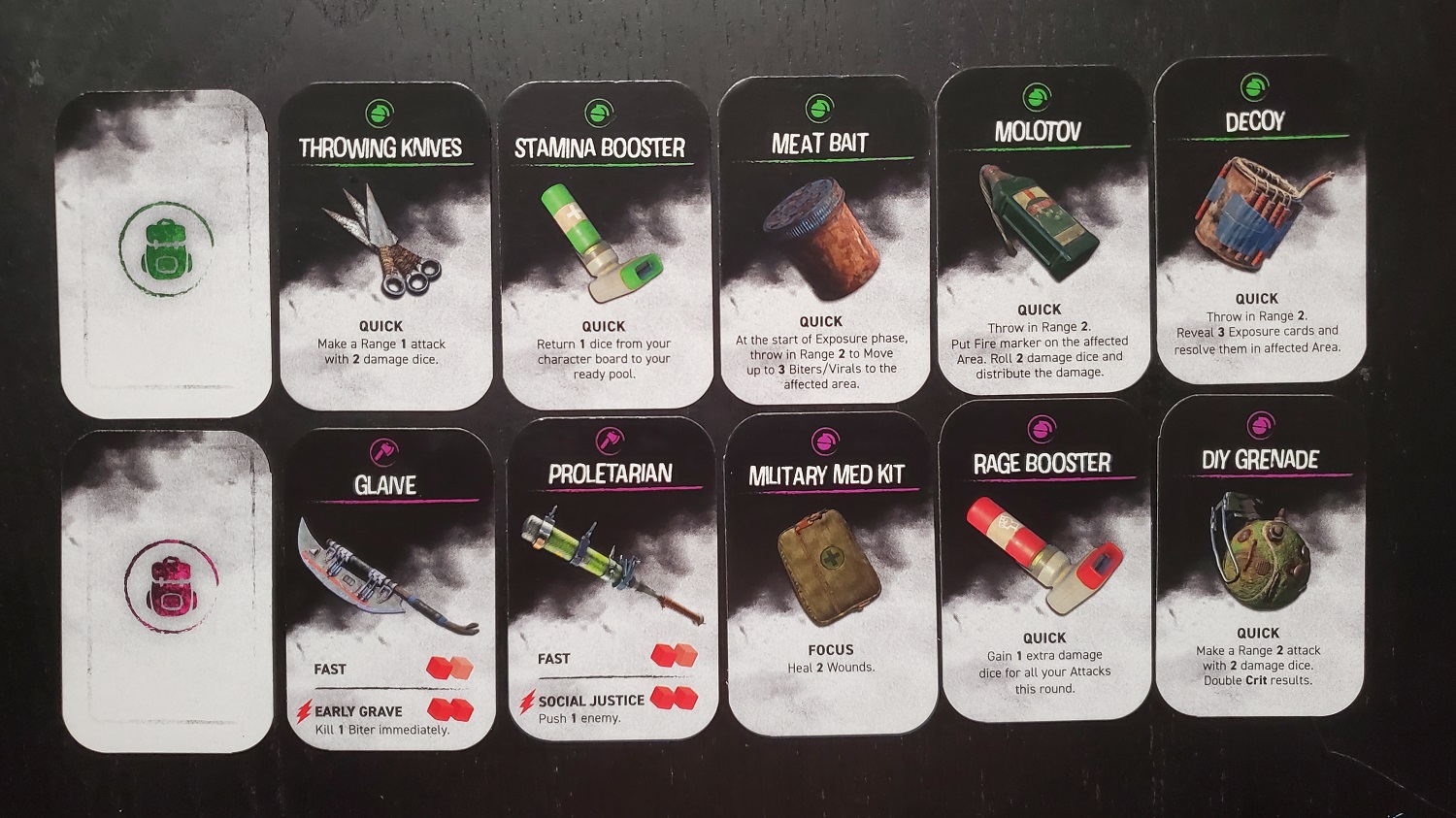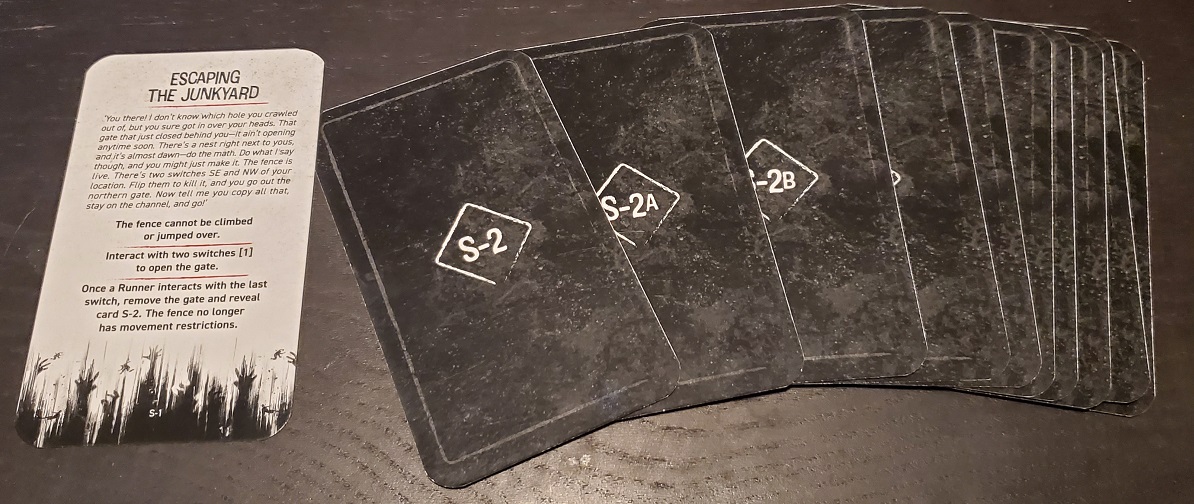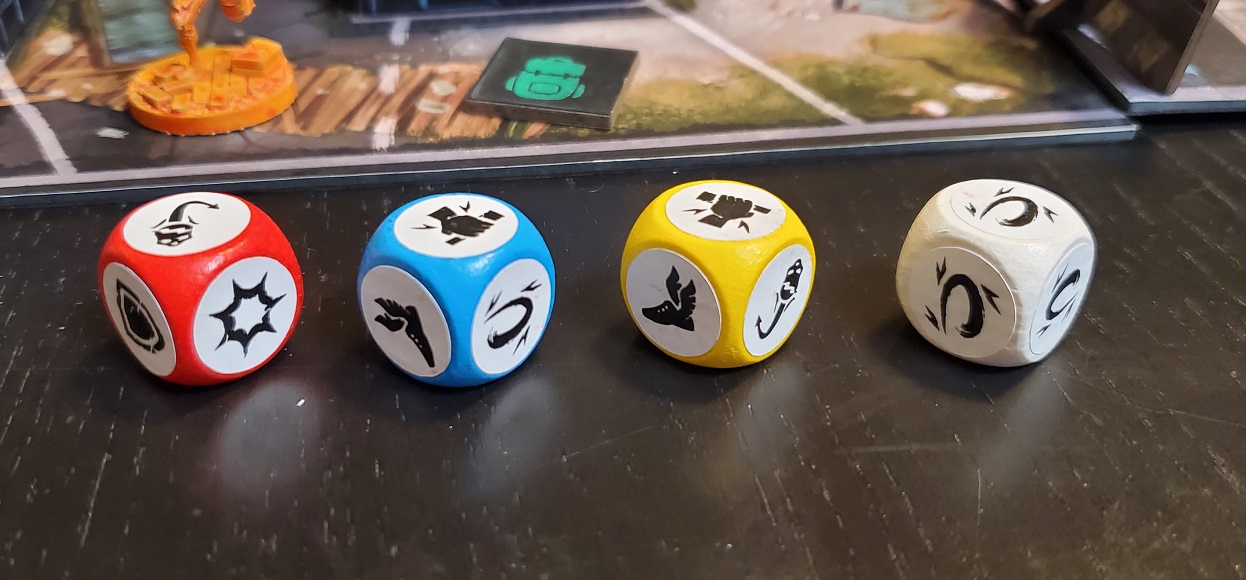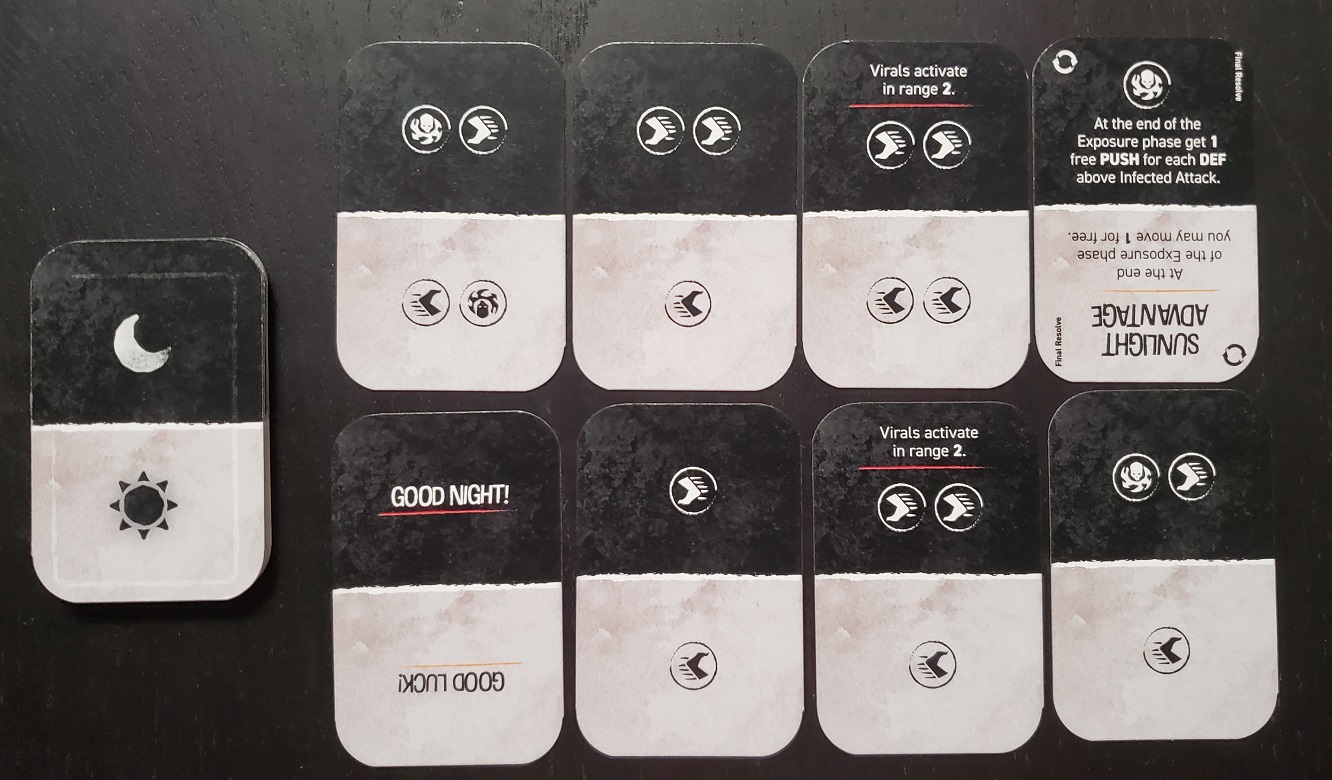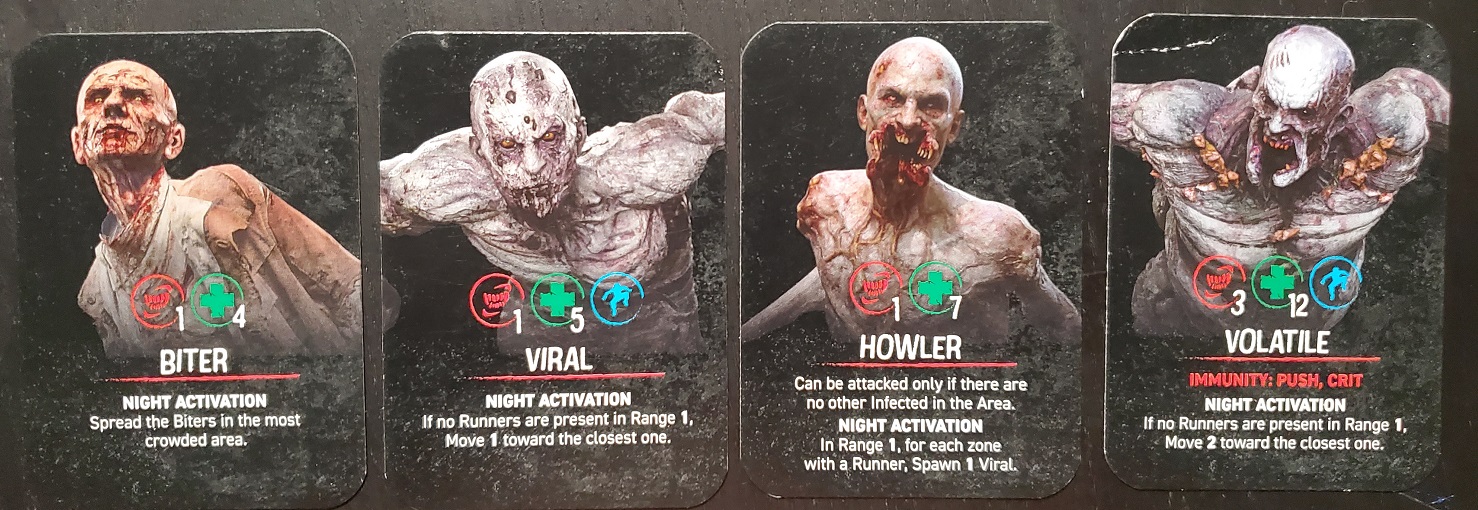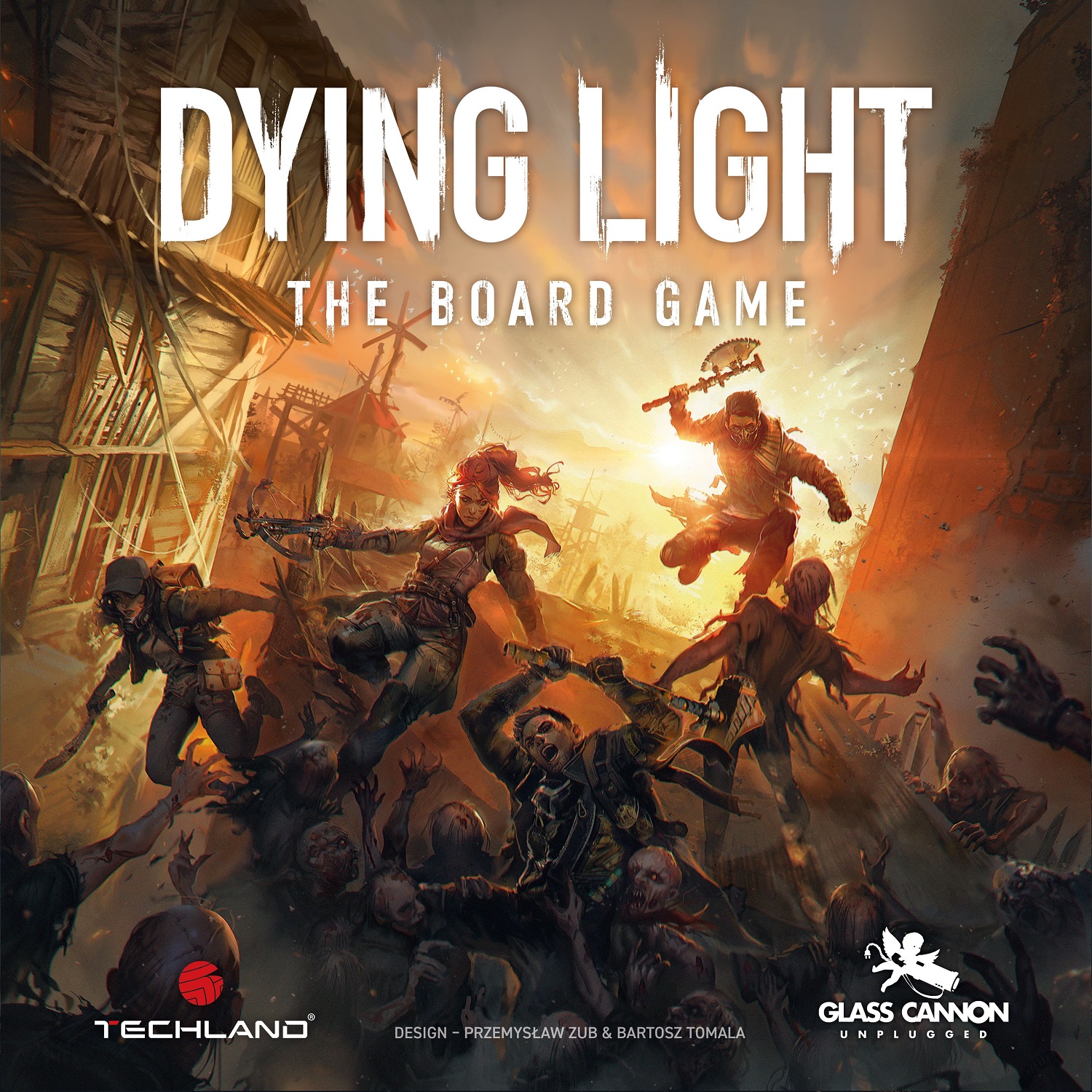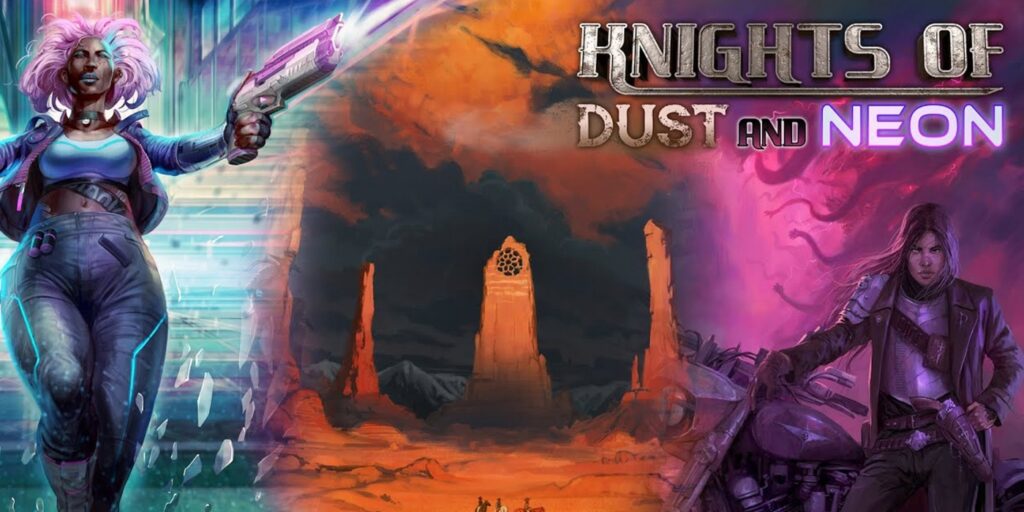‘Dying Light’ Board Game Has Fantastic Table Presence
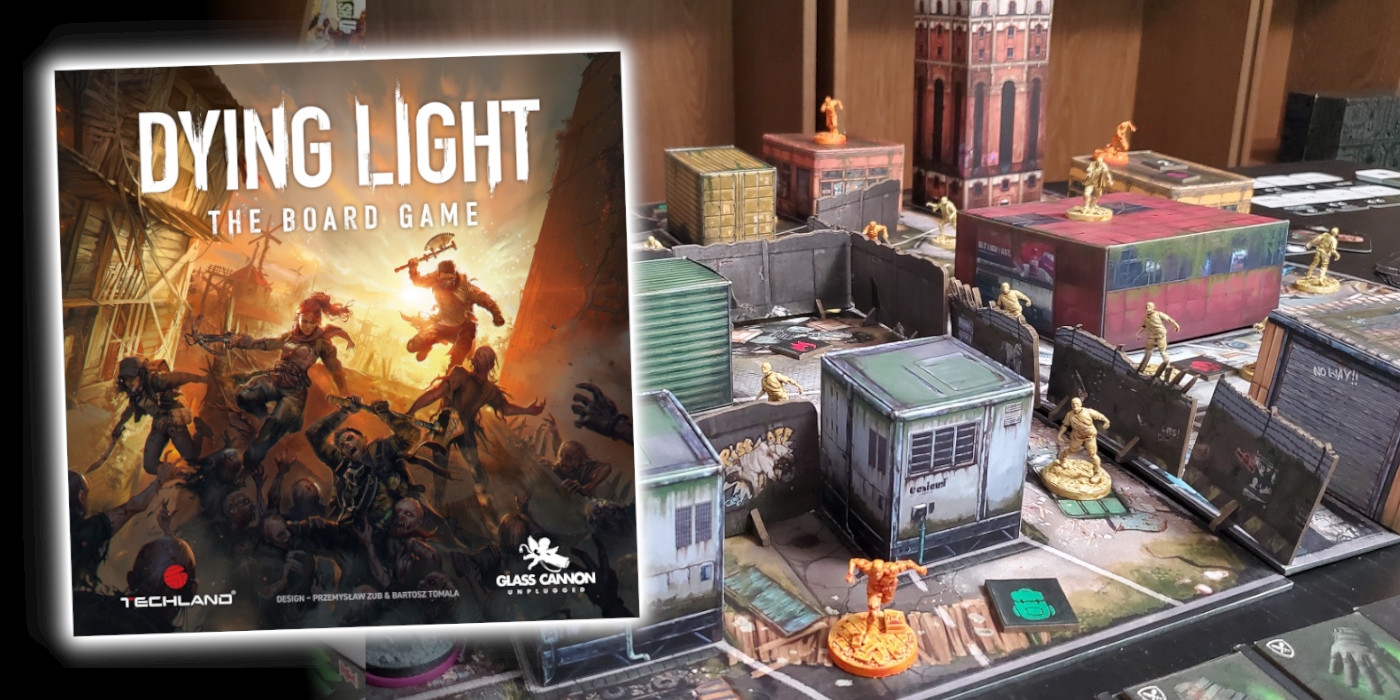
On top of dramatic and thrilling gameplay, Dying Light: The Board Game also just looks so damn cool on the table!
Dying Light is the latest video game adaptation from Glass Cannon Unplugged, who also made the Apex Legends board game and the upcoming Don’t Starve board game. It’s still in early production, but they were kind enough to send me a pre-production copy so you can get a better idea of what to expect from Dying Light: The Board Game.
Dying Light Overview
Dying Light, the video game, is a cooperative zombie survival horror game currently sitting at an Overwhelming Positive rating with nearly 300,000 reviews on Steam. Suffice it to say that many people like the game a lot. Players scavenge the city for supplies, parkour across buildings and barricades, and mow down hordes of mindless zombies in order to survive. There’s a sequel as well, but the first was an immediate classic.
Dying Light: The Board Game follows many of those same steps. But, before you even get to the game itself, it is just a sight to behold. Since verticality and parkour are core elements of the video game, Glass Cannon Unplugged knew they couldn’t just keep this game on a flat plane.
The game comes with cardboard buildings, each in two separate pieces, that slide so easily into one another, keeping them light but sturdy. Similarly, laser-etched walls and barricades help direct the flow, separating one section of the city from the other.
Each player controls a single character with a unique ability, selectable equipment, a starting weapon, and more. The player board has slots for gear, weapon, action, momentum, and character ability.
Scattered throughout the city are more collectible item cards in the form of loot tokens. Grabbing one of these tokens grants the character a nifty new item to make zombie bashing all the easier and more fun.
Gameplay Overview
Dying Light: The Board Game is a cooperative scenario-based campaign game. Each scenario begins with a card that outlines the player’s initial objective. The demo copy I received only had one scenario, but the cards allowed for branching paths through player decisions.
Each round is broken into the Activation Phase and the Exposure Phase.
During the activation phase, players take their turns by activating their characters. They roll their pool of Action Dice and can perform actions by spending any of those dice. However, they can also use Boosts to enhance the action. Each Move or Utility action (like using an item, or interacting with a world object like a jump pad) generates Risk.
The player rolls one or more Risk Dice and takes the listed effects. This can be wounds, or fewer action dice next round, spawning new zombies, or generating more exposure.
After all players have taken their actions, they have to deal with the Exposure Phase. In the Exposure phase, each area is given a value, based on several favors, like we just mentioned before. This determines how many Exposure cards players in that area have to draw. Depending on whether it’s day or night, the players resolve the listed effects and also trigger enemy spawns actions.
There’s a bunch of other mechanics we didn’t cover. For example, the previously mentioned world objects like Jump Pads, the day and night cycle, but also other systems like triggering a Chase, gaining Momentum to perform additional actions, and more.
Dying Light: The Board Game is still in pre-production and some rules and things might change before it hits shelves. Still, it does a great job of balancing random chance with strategic planning. It will keep even the most hardcore players ready to play more.
Plus, the game board itself is so cool!

